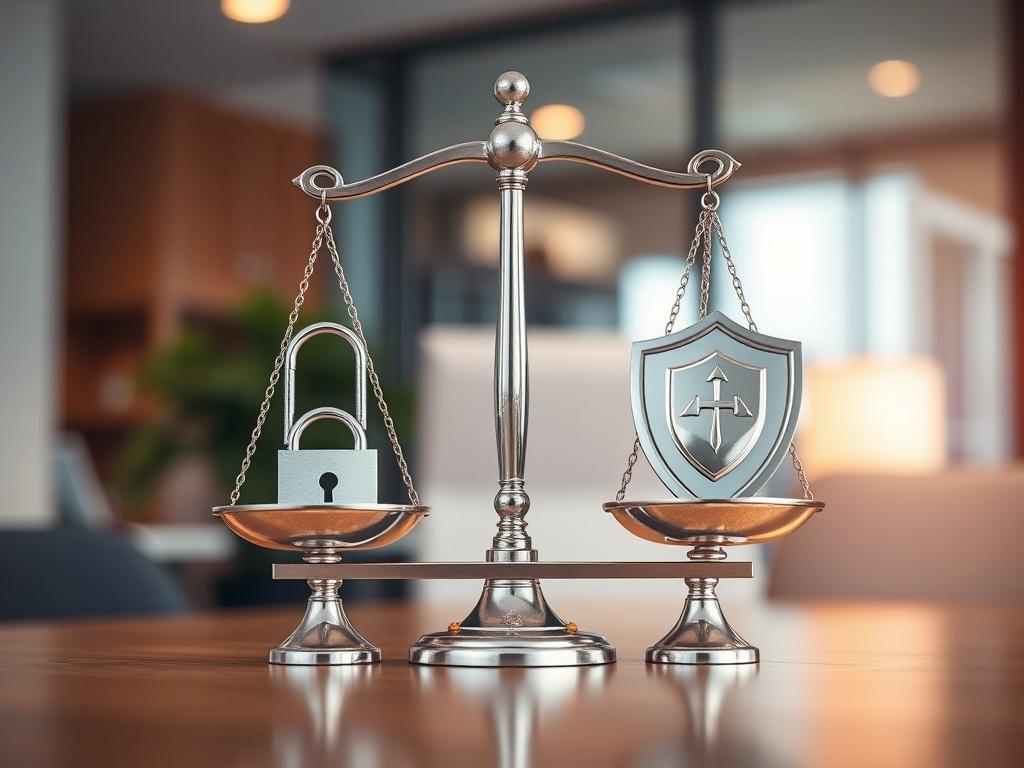
In today's digital landscape, organizations often grapple with a complex web of regulatory requirements, notably GDPR and NIS2. While both frameworks aim to enhance security and protect essential data, they serve distinct purposes that are crucial for compliance. Understanding these key differences is vital for properly safeguarding both personal data and critical infrastructure. GDPR focuses on the protection of personal information, while NIS2 emphasizes the security of essential services and systems. This blog post will delve into the fundamental distinctions between these regulations and explain why NIS2 compliance is just as important as GDPR adherence.
Many organizations mistakenly believe that being compliant with GDPR is sufficient to cover their cybersecurity needs. However, as digital threats evolve and impact critical infrastructure, NIS2 has emerged as a necessary regulation that demands attention. Failure to comply with NIS2 can lead to severe consequences, including hefty fines and reputational damage. In this post, we will explore how organizations can bridge the gap between GDPR and NIS2 compliance. By implementing streamlined processes and automated solutions, businesses can effectively manage both regulations, enhancing their overall security posture while fostering accountability within leadership.
Understanding the core differences between NIS2 and GDPR
NIS2 and GDPR serve distinct purposes, targeting different aspects of organizational compliance. GDPR, or the General Data Protection Regulation, focuses on the protection of personal data and the privacy of individuals within the European Union. Its primary goal is to provide individuals with greater control over their personal information and ensure that companies handle this data responsibly. On the other hand, NIS2, the Directive on Security of Network and Information Systems, aims to bolster the security of critical infrastructure and services. It establishes requirements for incident response, supply chain security, and resilience in the face of cyber threats, making it crucial for organizations that operate vital services.
Understanding these differences is essential for organizations navigating the regulatory landscape. While it is possible for a company to be compliant with GDPR, they may still fall short of meeting NIS2 requirements. For example, a business could have robust policies in place for handling personal data but lack adequate procedures for managing cybersecurity incidents or maintaining the resilience of its infrastructure. The consequences of non-compliance can be severe, with potential fines under NIS2 mirroring those of GDPR, reaching up to €10 million or 2% of global turnover. Awareness of these core distinctions lays the foundation for effective compliance strategies that encompass both regulations.
Why NIS2 compliance matters for your organization
NIS2 compliance is crucial for organizations that operate critical infrastructure and essential services. As cyber threats become increasingly sophisticated, maintaining the security and resilience of these services has never been more important. NIS2 establishes stringent requirements for incident response, risk management, and supply chain security. By adhering to these regulations, organizations not only protect their assets but also ensure the continuity of services that society relies on daily. Non-compliance can lead to severe penalties, including fines that match or exceed those of GDPR, emphasizing the need for organizations to take NIS2 seriously.
Moreover, NIS2 compliance fosters a culture of accountability and transparency within an organization. It necessitates proactive measures, such as the appointment of a designated security leader and the establishment of comprehensive security policies. This ensures that all employees are aware of their roles in maintaining cybersecurity and incident response. By elevating security practices, organizations enhance their reputation, build trust with customers, and ultimately gain a competitive edge in the marketplace. In an era of increasing regulation and scrutiny, compliance with NIS2 is not just a regulatory obligation; it is a strategic imperative that lays the groundwork for sustainable growth and resilience.
Bridging the gap: How to efficiently manage GDPR and NIS2 together
Managing compliance for both GDPR and NIS2 can initially seem daunting, but integrating these two frameworks into a cohesive compliance program provides significant benefits. Start by conducting a thorough assessment of your organization’s current policies and procedures to identify gaps that need to be addressed for both regulations. Use this assessment to create a unified compliance framework that meets the requirements of both GDPR and NIS2, ensuring that your organization not only protects personal data but also maintains the resilience of critical services and infrastructure. Automation tools can help streamline documentation and reporting processes, making it easier to manage compliance across both regulations.
Incorporating a shared governance structure is essential for effectively managing both GDPR and NIS2 compliance. Leadership should champion the importance of compliance, and designate a cross-functional team responsible for overseeing the compliance program. This team should include IT, legal, and operations representatives to ensure that all aspects of both regulations are considered. Establishing clear lines of accountability and promoting a culture of compliance will empower your organization to not only meet regulatory requirements but also enhance overall security and resilience. By prioritizing collaboration and communication across departments, you can create a robust compliance strategy that addresses the unique challenges of both GDPR and NIS2.